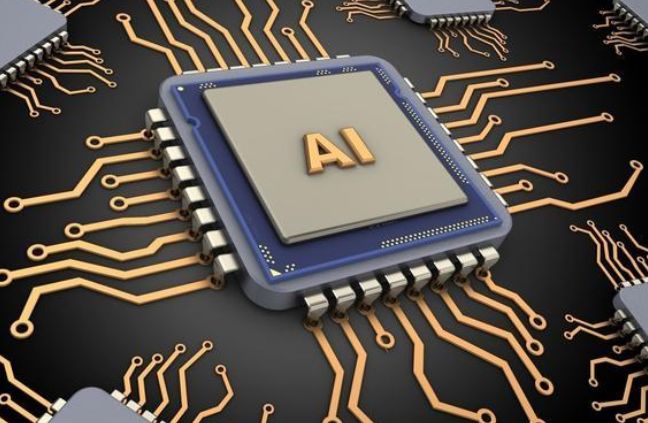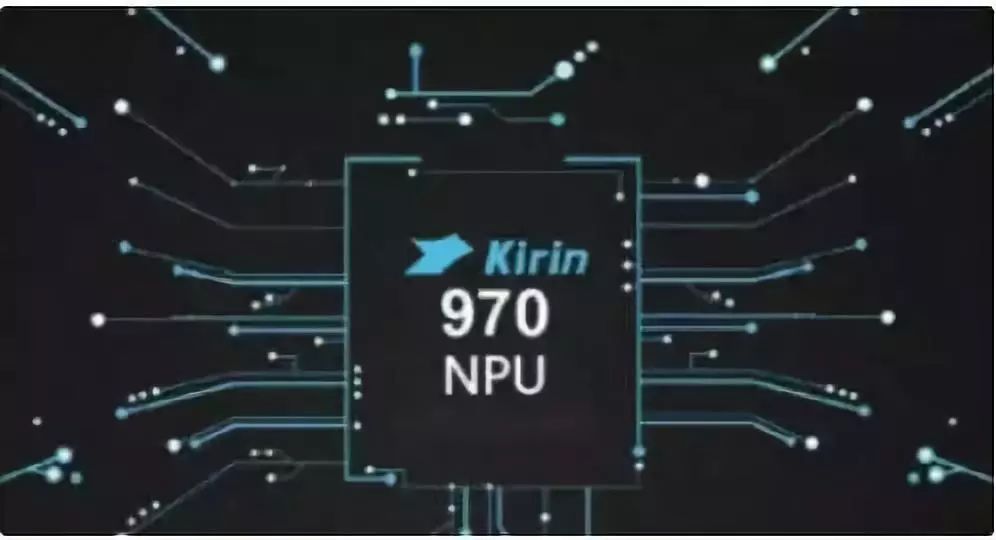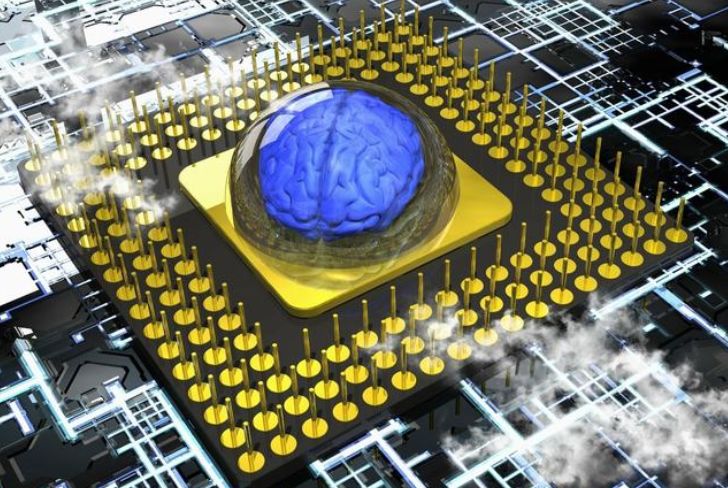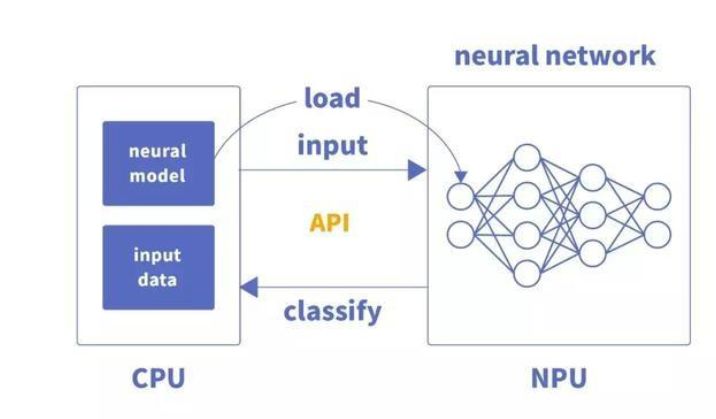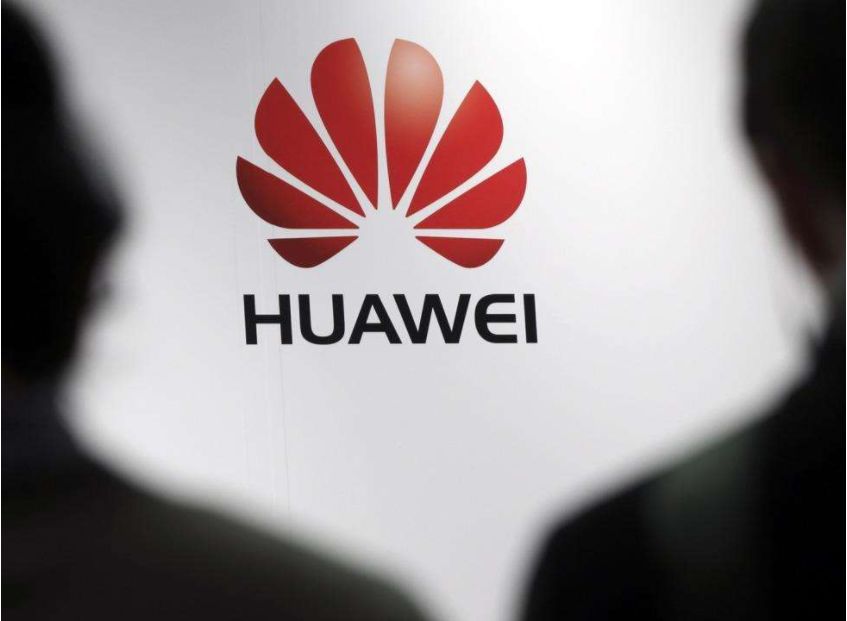Skip to content
It has been observed that students are more interested in the core configurations of mobile phones, particularly the processor, as its performance can directly affect the operation of the phone.
However, in the past two years, a new term called NPU has emerged. What exactly is this? What is its purpose?
First, let’s talk about the recently released Huawei Ascend (sounds like ‘kidney pain’) 910 and Alibaba’s Hanguang 800.
Last month, Huawei released the Ascend 910 chip and the Ascend 310 chip. These two chips were announced in the second half of 2018 and have now officially been launched, creating a sense of competition.
In September, Alibaba’s Damo Academy released its first self-developed chip, Hanguang 800, marking Alibaba’s first step into the chip arena!
However, this raises a question: foreigners are baffled! Where do the Qualcomm and Apple chips stand? What makes them superior?
It’s time to explain, as the chips we are referring to are ‘AI’ chips, not CPU chips or GPU chips, but rather the NPU chips (Neural Processing Unit).
Since Huawei integrated the NPU processing unit into the Kirin 970 processor, almost all manufacturers have highlighted AI as a new selling point. Around 2018, various AI phones flooded the market.(Before the NPU was introduced, Google had already conceptualized the TPU; NPU and TPU are essentially the same type of chip, differing only in name.)
CPU, GPU, and NPU differ in their functionalities. Here, we will mainly discuss the differences between CPU and NPU. Let me illustrate simply!
If there is a river in front of us without a bridge, how do we cross it? The CPU is responsible for thinking about this problem; it is the brain of the phone, managing how the phone’s performance is configured, which is a mental task.
If there is a river ahead, and there are bridges, boats, helicopters, and swimming available, which method would be the fastest and most comfortable? This is the job of the NPU, which simulates all possible methods in the phone and selects the best one. If there are 100 million options, the NPU might have to compute 100 million times, which is a labor-intensive task!
Now you understand, the CPU does mental work, like a company’s general manager; the NPU performs programmed tasks, like workers on a factory assembly line.
With the NPU, the AI performance of mobile phones has significantly improved. In what ways is this reflected?
For instance, in photography, older phones required manual adjustments to aperture, chromaticity, and other parameters to achieve good photo quality. Now, with the AI feature, the system has thousands of built-in scene modes. The camera recognizes the real-time scene and selects the most suitable mode for taking pictures. Therefore, even if you don’t know how to take photos, you can still capture great pictures.
(The difference in AI photography master mode on Huawei Mate 20; the left image is the status before activation.)
Another example is object recognition. When you point the camera at a tree, the phone prioritizes the leaves and trunk in view, and then automatically searches and matches similar tree data from its database, displaying information such as the tree’s name, family, genus, and characteristics.
The popular ZAO video face-swapping feature is also a result of AI. With just an App, these tasks can be completed efficiently.
AI relies on algorithms. For example, if you want to select all numbers containing ‘6’ from 1-10000, a clumsy method would be to filter each number one by one. However, we can provide a filtering mechanism to quickly obtain all numbers containing ‘6’. This filtering mechanism is called an algorithm; the better the algorithm, the faster the answer we obtain.
How can we make the desired results more accurate? For example, when using a camera to calculate foot traffic, the traditional method is to count heads. This method has a drawback: the same person passing multiple times can be counted multiple times, resulting in inaccurate data. By utilizing AI, we can identify individuals based on unique characteristics such as face, clothing, height, etc., allowing us to analyze multiple aspects and accurately count foot traffic.
Of course, there are many other applications for AI that we may not even be able to imagine yet!
Now, let’s return to the earlier topic. Regardless of whether Huawei’s Ascend 910 or Alibaba’s Hanguang 800 is the leader in AI chips, we can proudly say that our AI chips are already impressive.
While CPU and GPU have not surpassed foreign counterparts, we have clearly excelled in the NPU area. With the future hardware and technological foundation of 5G, the intelligent future has attracted global attention.
It’s worth noting that we are not incapable of producing CPU and GPU; it’s just that we started later and are faced with numerous patents that act as barriers, hindering research and development.
However, NPU is a brand new field where we have taken the lead and excelled. Imagine if CPU and GPU didn’t have those barriers; wouldn’t our domestic chip industry be even more vibrant?
Finally, I firmly believe that based on the current development trends of our chips, the future holds great promise. Whether it’s NPU or GPU, do you believe in the rise of domestic chips?
Some images in this article are sourced from the internet. If there is any infringement, please contact us for removal.
The Rise of Domestic Chips
If you agree, please click[View].


